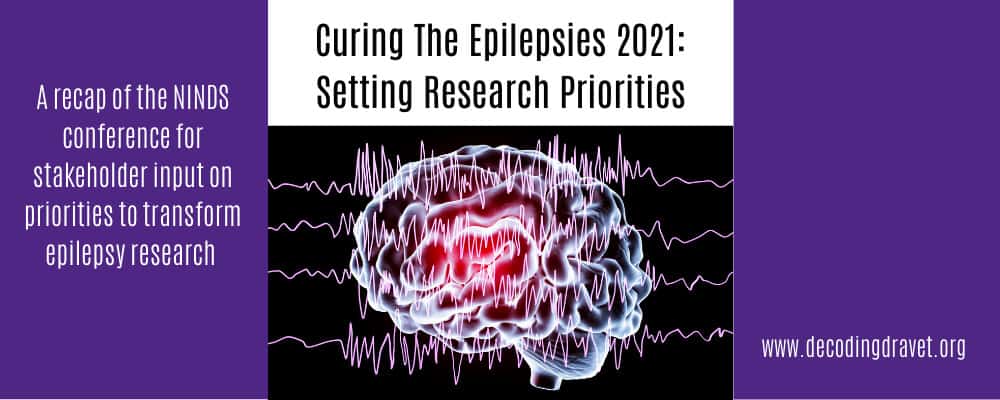New Clinical Study – Momentum 1
Momentum 1 Phase 3 Clinical Trial New Clinical Study Offers Change to Further Research in Dravet Syndrome If your child or a loved one has Dravet syndrome, you know that it affects the whole family. Dravet syndrome, a lifelong disease marked by prolonged, frequent seizures, requires constant care and can significantly impact quality of life […]
New Clinical Study – Momentum 1 Read More »





